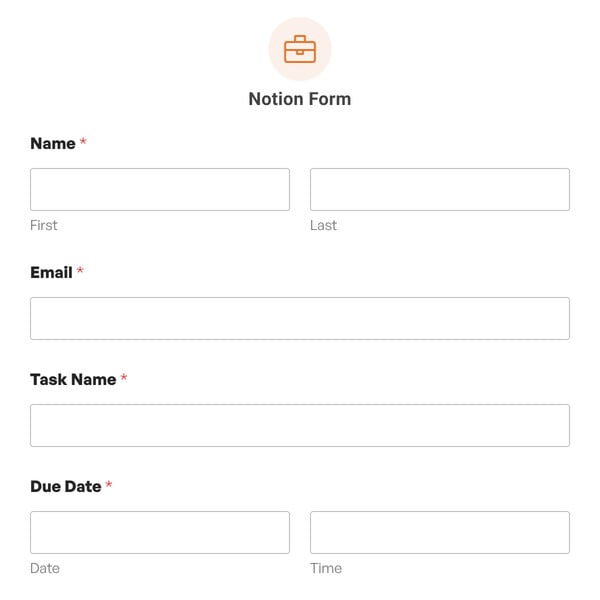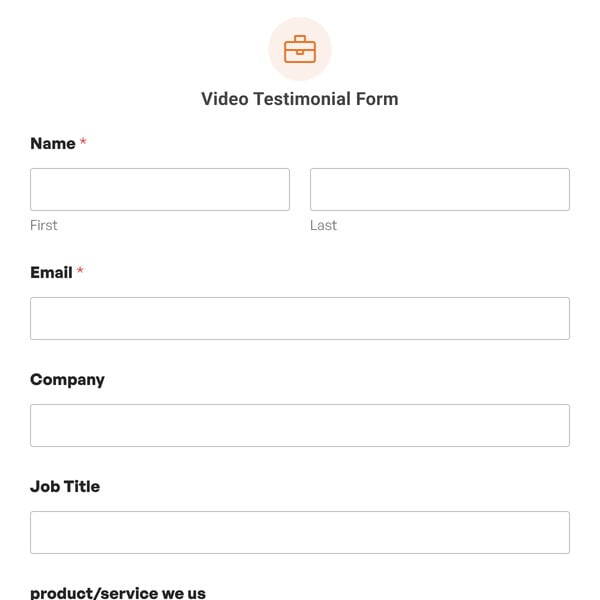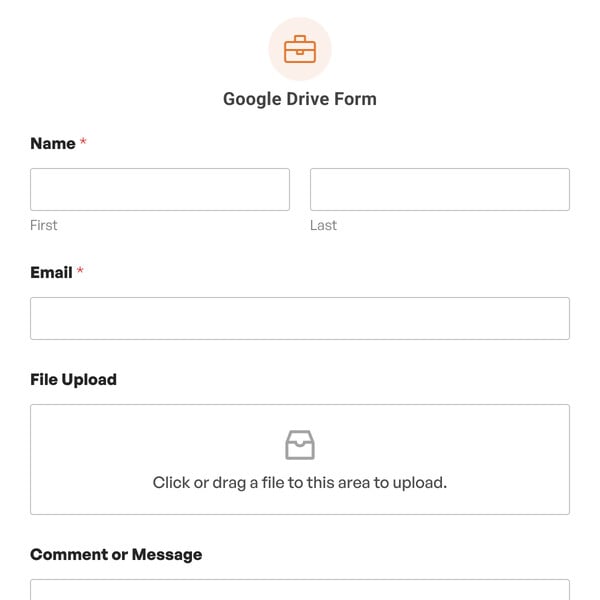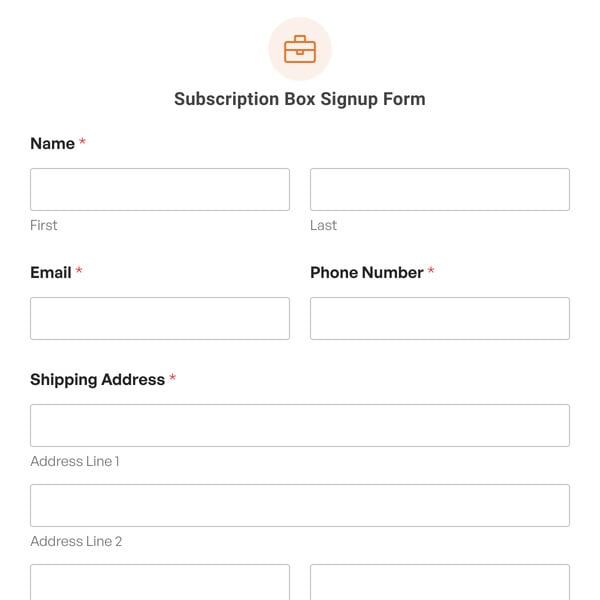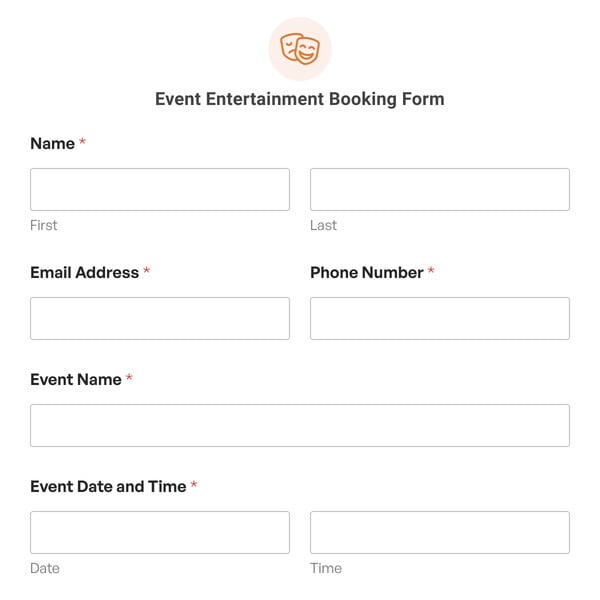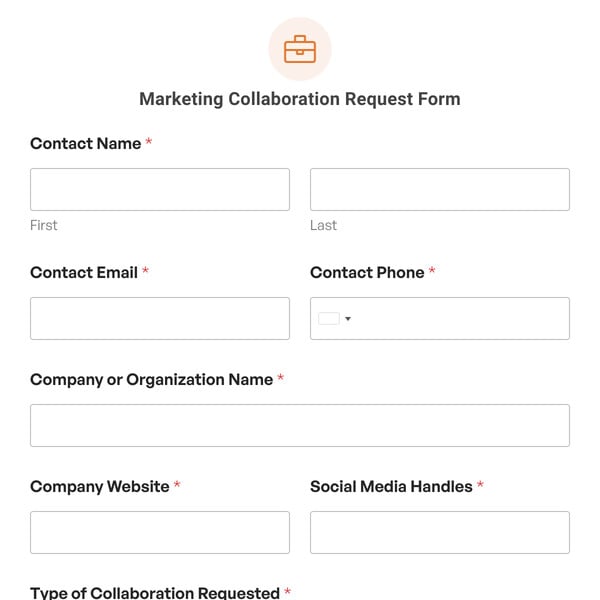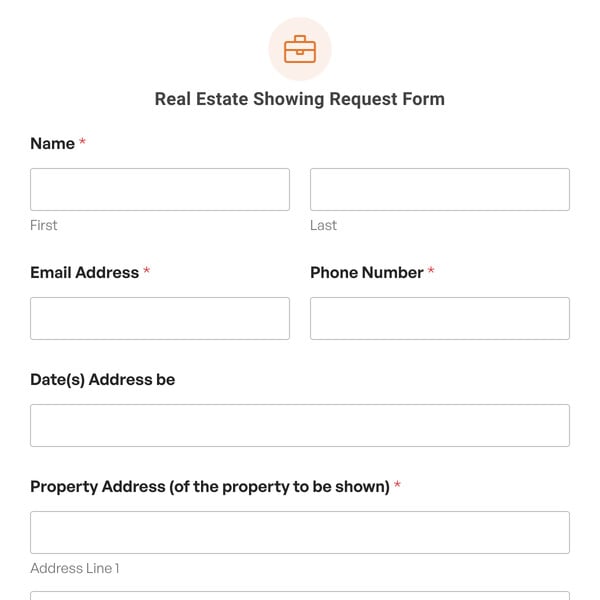Are you recruiting volunteers for a project? Some projects have unpredictable risks. In such cases, it would be prudent to require that volunteers waive certain rights in order to protect your organization from liability. For example, when taking volunteers abroad to help in a disaster-relief effort, you may need volunteers to waive certain rights to safety that you wouldn’t be in a position to guarantee.
What Makes a Good Volunteer Waiver Form Template?
The main feature of the WPForms volunteer waiver form template is the use of the unique WPForms Layout field and the Content field. You can see that the form uses a 3-column layout in certain places, with a 2-column and 1-column layout in others.
Using a multi-layout form allows for the condensation of the form template in order to allow for additional form fields. This is necessary because the Volunteer Waiver Form Template includes a WPForms content field that includes a sizable block of placeholder text. You can replace this text with your actual waiver text.
To help organize things, the form template also uses conditional logic to hide several fields until the user makes certain entries into the form. Primarily, the content field—with the Waiver terms and conditions and the two signature fields do not show until the user enters an answer in the Age field.
If users enter yes, the form displays the content field with the waiver terms and a signature field. If the user enters no, the form displays slightly modified content and signature fields targeted at their Guardian.
The template uses a dropdown field to ask users if they have read the terms of the volunteer waiver. If they haven’t, this will trigger the display of a content field informing them that they need to read the terms in order to sign the form and that submissions without signatures will be invalid.
These fields cover pretty much all that you would expect your waiver form to have, but don’t forget that you can add or remove form fields to make this template truly reflect your needs.

